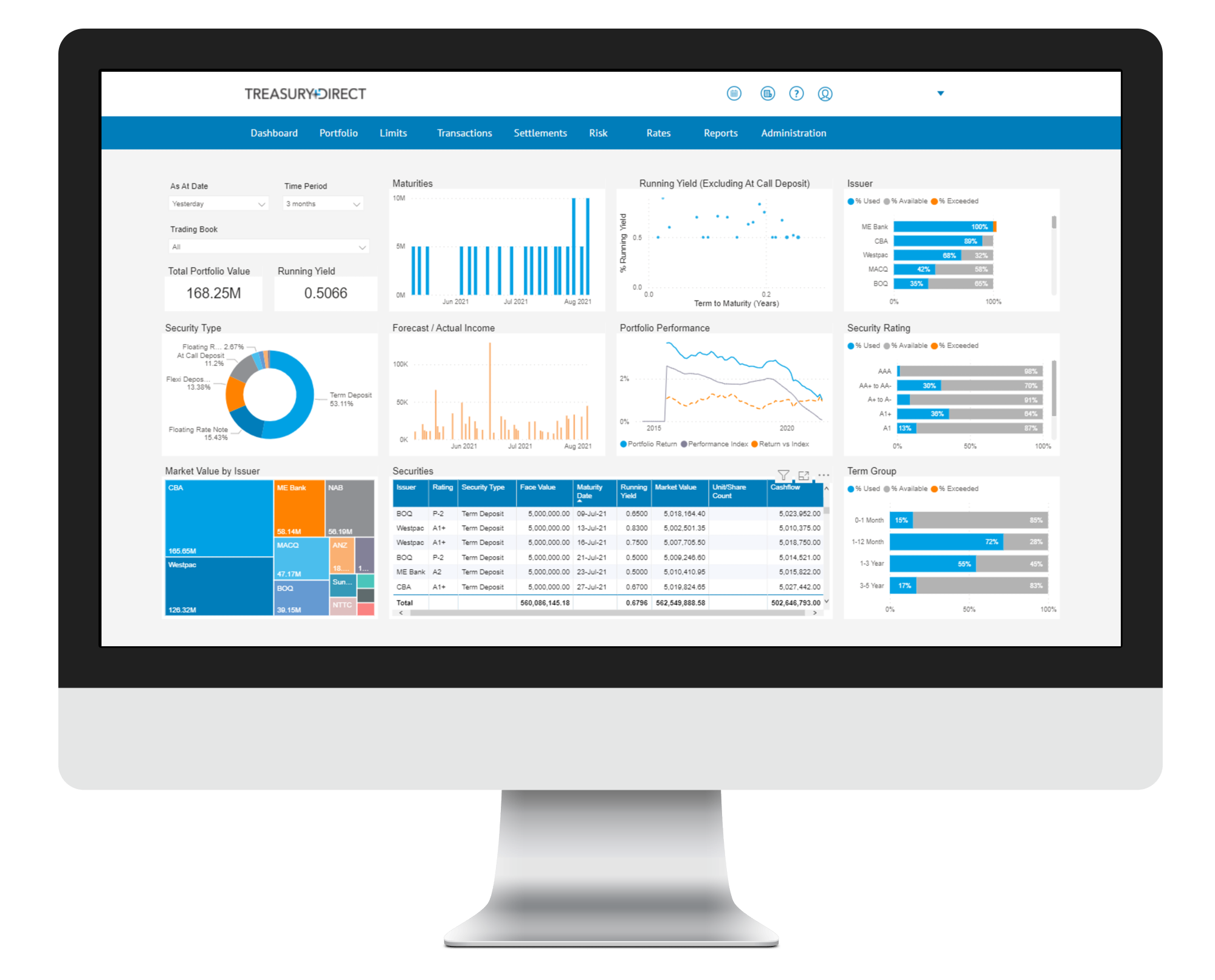Markets Overview
- ASX SPI 200 futures up 0.9% to 8,419.00
- Dow Average little changed at 44,558.93
- Aussie down 0.6% to 0.6183 per US$
- US 10-year yield little changed at 4.5368%
- Australia 3-year bond yield fell 6.7 bps to 3.75%
- Australia 10-year bond yield fell 5 bps to 4.38%
- Gold spot up 0.7% to $2,818.95
- Brent futures up 0.4% to $75.97/bbl
Economic Events
- 11:30: (AU) Dec. Household Spending MoM, est. 0.3%, prior 0.4%
- 11:30: (AU) Dec. Household Spending YoY, est. 3.4%, prior 2.4%
Wall Street traders trying to catch up on every new headline around President Donald Trump’s tariff negotiations were faced with a renewed bout of volatility across asset classes.
The S&P 500 trimmed most of a slide that approached 2% Monday. That was after Trump agreed to delay 25% tariffs against Mexico for one month, following a conversation with his counterpart Claudia Sheinbaum. The talks spurred a quick turnaround in currencies, with the peso going from worst to best performer among its major counterparts in a matter of minutes. The dollar almost wiped out a rally that was earlier shaping out to be the best since the onset of the pandemic. Canada’s loonie pared losses.
“This is a very fluid and evolving situation,” said Victoria Greene at G Squared Private Wealth. “For now, our baseline thesis is the bulk of these are transitory and likely more watered down with concessions. We are on top of developments and watching how this may affect earnings, the US dollar and inflation.”
The delay with Mexico bolsters the view that Trump sees tariffs as a negotiating ploy — but is still reluctant to inflict economic pain on Americans. His move to invoke an emergency and impose tariffs on Canada, Mexico and China is the most extensive act of protectionism taken by a US president in almost a century.
Among the biggest uncertainties is how a resilient US economy would handle the impact of a trade war, in case it materializes. That concern was evident in the bond market, where short-dated Treasury yields climbed as longer ones moved in the opposite direction.
“While we believe that tariffs are primarily a negotiating tool for President Trump, it’s very difficult to say whether these tariffs will be short-lived or if there is a scenario where a deal is struck that reduces the tariffs,” said Yung-Yu Ma at BMO Wealth Management. “Be patient and opportunistic; there may be a time to be aggressive, but it is not upon us yet.”
The S&P 500 fell 0.8%. While carmakers, chip and industrial shares all bounced from session lows, they remained among the biggest losers. Defensive groups gained, underscoring the market’s bid for safety. The Nasdaq 100 slid 0.8%. The Dow Jones Industrial Average lost 0.3%. A gauge of the “Magnificent Seven” megacaps sank 1.7%. The Russell 2000 slipped 1.3%.
A UBS Group AG basket of stocks at risk from the proposed tariffs sank 3.1%. Wall Street’s favorite volatility gauge — the VIX — topped 18.
The yield on 10-year Treasuries was little changed at 4.53%. The Bloomberg Dollar Spot Index rose 0.1%. The Mexican peso climbed 1.3%. The Canadian dollar fell 0.2%.

